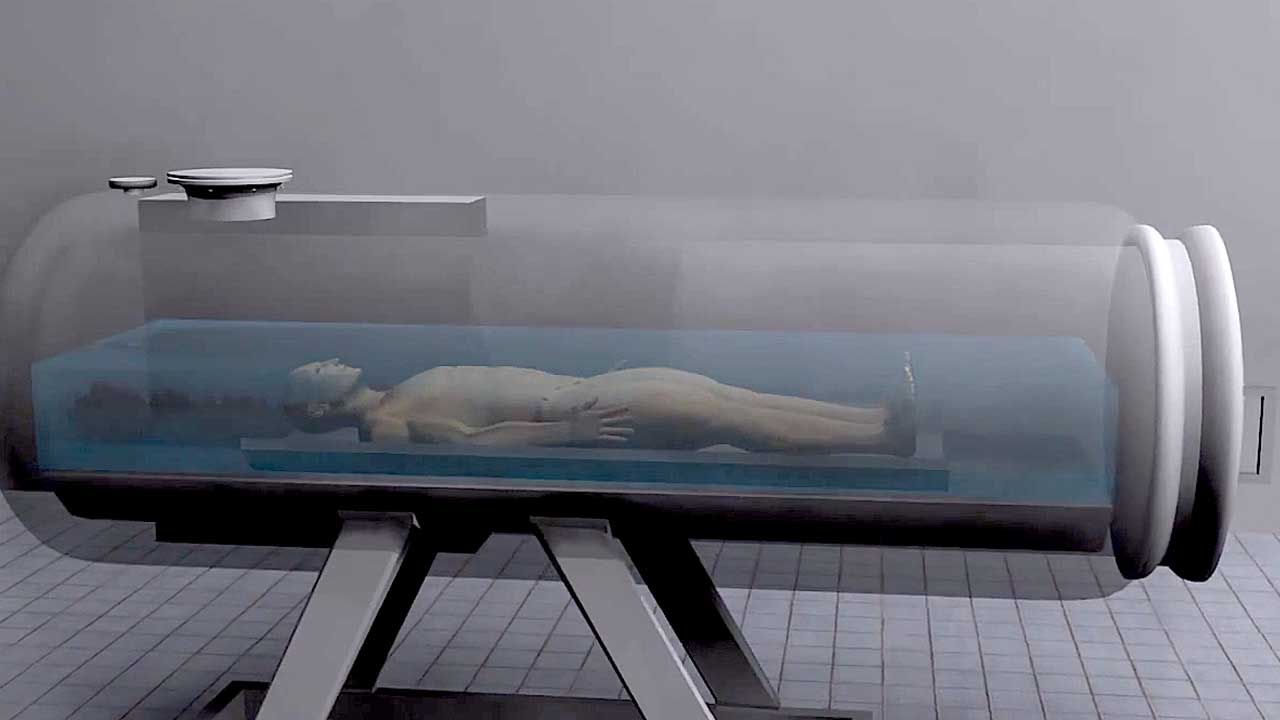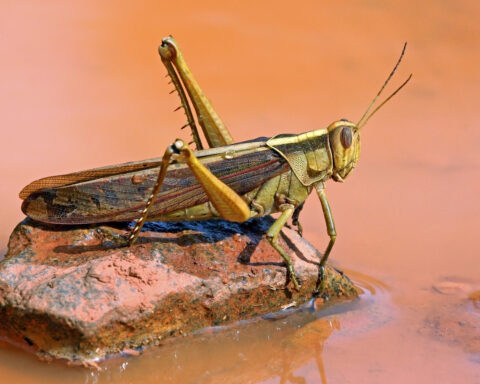The 90-year-old anti-apartheid activist Desmond Tutu, who passed away on 26 December 2021, will undergo Aquamation, an increasingly popular and environment-friendly alternative to traditional cremation methods, using water instead of fire. The peace activist won the Nobel Peace Prize in 1984 for his work against apartheid and chaired the Truth and Reconciliation Commission.
For many years, in the midst of funeral arrangements, most people had only two choices, cremation or burial. Aquamation or liquid cremation is now the third option available. A water-based process, the process is also known as alkaline hydrolysis. In this process, a combination of gentle water flow, temperature and alkalinity is used to accelerate the breakdown of organic matter when a body is allowed to rest in the soil, according to Bio-Response Solutions, a US company that specialises in this process.
With Aquamation, the body of the deceased is immersed for three to four hours in a mixture of water and strong alkali, such as potassium hydroxide, in a pressurised metal cylinder and heated to around 150C. In the end, the sterile process water is released for recycling – human bodies are made of about 63% water, to begin with – and only the inorganic minerals remain. These are then lightly processed into powder and returned to the family in an urn.
The Aquamation process uses as much water as a single household uses in a day. This includes the water used in the actual process, along with the final rinsing of the mineral remains and of the stainless-steel chamber. The company’s website says the process “uses 90% less energy than flame cremation and does not emit any harmful greenhouse gases.”
First developed in the early 1990s as a way to discard the bodies of animals used in experiments, the method was then used to dispose of cows during the mad cow disease epidemic. With burial space in urban areas worldwide becoming increasingly scarce and expensive, Aquamation has obvious attractions.





























